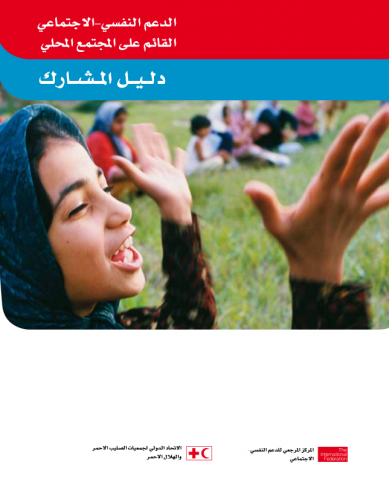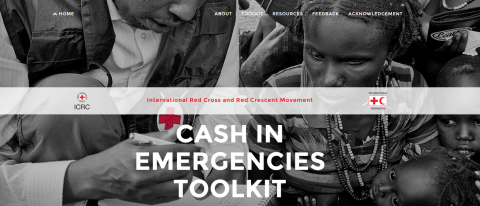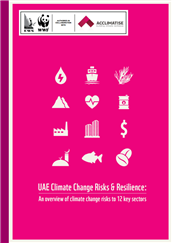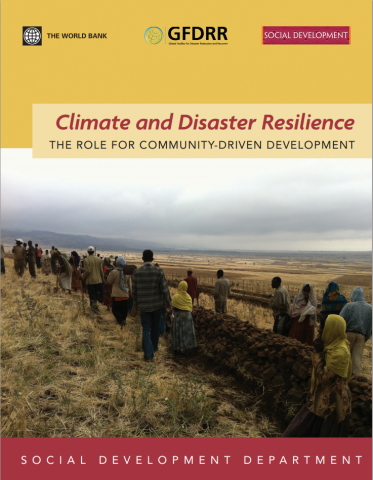الدعم النفسي-الاجتماعي القائم على المجتمع المحلي: دليل المشارك
مع النموذج التشغيلي الجديد للاتحاد الدولي، اعتبر مكتب منطقة الشرق الأوسط و شمال أفريقيا برنامج الدعم النفسي الاجتماعي من أولوياته الإستراتيجية، لذلك تم تطوير البرنامج كي يساهم في بناء قدرات الجمعيات الوطنية بالمنطقة لتمكينها من تقديم الدعم النفسي الاجتماعي للمستفيدين والموظفين والمتطوعين. لقد نجح البرنامج في أن يتكامل مع البرامج الأخرى مثل الصحة المجتمعية و […]
الدعم النفسي-الاجتماعي القائم على المجتمع المحلي: دليل المشارك Read More »





